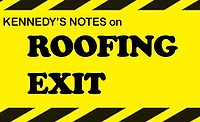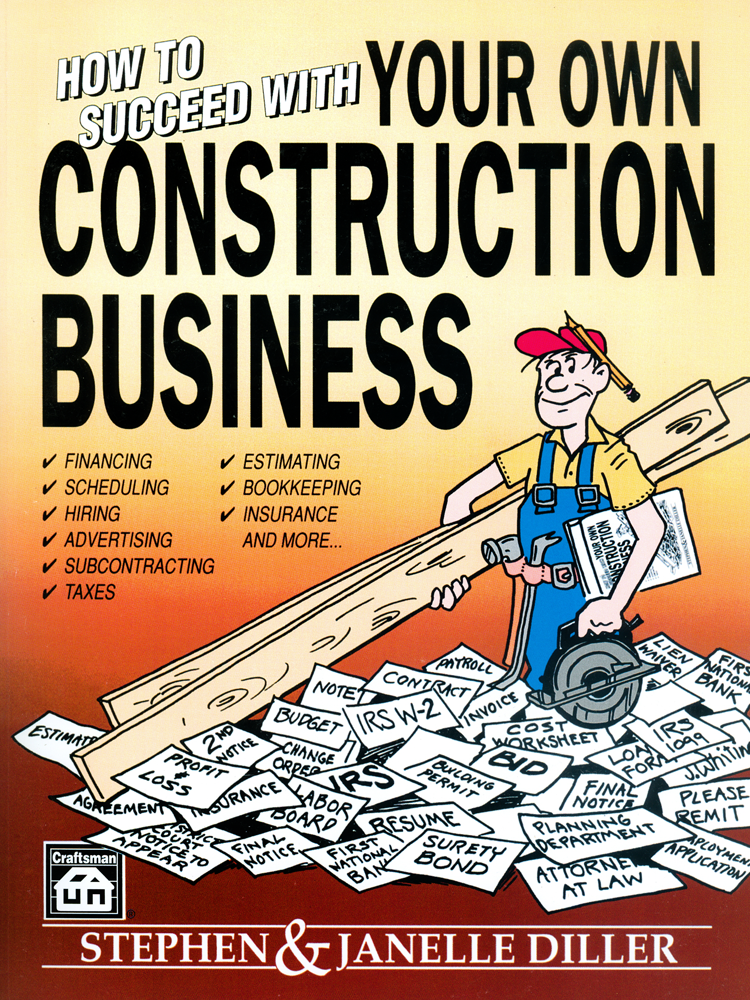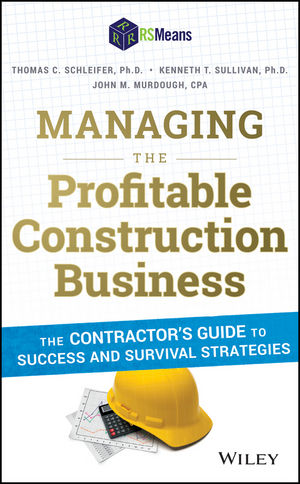Getting "Un-Stuck" From Your Business
It's important to get greater clarity in your financial future and retirement planning now.

The entire process of exit planning can get bogged down with the technical jargon of accounting, law, tax codes, estate planning, insurance and financial planning. Let me share a recent story that will communicate what exit planning is all about … visualizing and clarity of your financial future.
Bottom line, answer these questions: How are you going to cash out without being clobbered by taxes?
How will you retire and not outlive your money or change your lifestyle?
Remember, 70 percent of private owners fail in their business exit. Don’t take this complicated process lightly.
This true story will protect the confidentiality of Beacon’s client to describe a long process and communicate the power of a plan.
In 2011, this contractor attended a two-day Beacon workshop sponsored by the National Roofing Contractors Association (NRCA). We gave him a proposal, and later he informed us he was going with a local planner. Thank you, and we moved on.
Last summer, after five years of absence, he recontacted us. He simply said the local adviser gave him cookie-cutter advice and a canned report without addressing the major elephant in the room … reducing the tax burden and financial risk.
Two years ago, he got the call to sell the business to a consolidator. I can’t share the specific details because of confidentiality, but a “generic” offer in the contracting world would look a lot like this:
- A very low multiple offer
- Basically, a distress offer and pay “good will”
- Taxes that reached close to 50 percent or more
- A two-year employment agreement with a lower salary
- Sixty percent cash up front with the remaining 40 percent in a claw-back tied to the adjusted forecasted earnings — of which a portion is forfeited if the financial goals are not achieved.
In the end, the client was unable to meet his financial goals (because of the tax bite) with the consolidator’s offer or protect the associates’ careers who had helped him build his very profitable business. He walked away from the deal.
This past summer, he concluded that his present goal was to sell to his management team and work part-time for five years. His second goal during this time was to get his team to the next level, then into leadership and train the next CEO to replace himself.
He was concerned about whether the growing company’s value and after-tax net would be enough for him to retire.
The great news is the company’s revenues had more than doubled since 2011, with a very strong profit margin. This man is a grinder who’ll not be outworked by anyone and the culture of the company and management team reflect the owner’s work ethic.
We then began the Beacon proprietary DAD™ exit process, which contains three successive parts of Discovery, Analysis and Design, as follows:
1. Discovery
The first step was to set up a series of conference calls where we interview the owner about his business, personal and financial situation. The execution and integrity of our plan must support the owner’s goals in the exit strategy.
We requested a series of legal and financial documents for review to decide whether the structure of these documents accurately reflects the owner’s intentions and goals as reflected during our interviews.
Upon completion of the discovery phase, we prepared a preliminary outline presentation of our findings and suggested solutions for the owner’s review.
2. Analysis
Once we obtained a thorough understanding of the owner’s goals and objectives, a second step determined whether he could afford his goal of a management buyout.
Valuation and taxation issues related to his business and personal situations are a key factor in making this determination. Our report included a “calculation of range of values” prepared by our COO, Joe Bazzano, a credentialed business appraiser. This method is a cost-effective way to estimate the business values associated with the exit strategy selected for planning purposes.
Our client was dependent on his business to support his lifestyle. He had been a good saver, but was still very dependent on the trapped wealth inside the illiquid business to retire without changing his present lifestyle.
To reach that conclusion, we gathered pertinent information relative to his current financial, estate and business planning. The analysis in the report focused on the coordination of these three planning areas. It’s important to understand that coordinating the financial with the personal goals will achieve the best outcome for our exiting owner.
The report illustrated various bottom-line exit options (before and after taxes) and tools used to reduce or eliminate taxes for a bottom-line understanding of his financial future. We made suggestions and diagramed recommendations for protecting his wealth until the liquidation event occurs.
3. Design
Upon completion of the Discovery and Analysis stages, we began the process of designing and illustrating the exit options in our 70-page report.
The report illustrated several options for the management buyout. Each option had its own characteristics and costs related to taxes and fees. It further identified both short-term and long-term goals for the execution of planning.
The blueprint lays out the short- and long-term goals that vary for each business owner. We had to update his estate planning, purchase additional insurance, implement risk management tools and begin the formal succession process, and draft a legal agreement. We also assisted him in finding specialists in each area.
We always explain the delivery of the plan isn’t the end but just the beginning of an extended process that can last for three months or three years, depending on having all the details lined up and aligned for the best outcome.
This client had a serious business-like manner and was always in the “zone” during the entire process. At the end of our four-hour meeting, his manner changed, as the bottom-line results of the plan unfolded. After all the years of work he could finally visualize and clarify his financial future.
Bottom line: The number he needed from the company for financial independence was $7 million net. Beacon found savings of nearly $3 million in taxes and a net of close to $10 million for his retirement.
Good planning always pays for itself. Now the work begins to getting his seasoned management team to the next level.
One of the owner’s passions is automobiles. After a typical 60- to 70-hour work week, he goes into his garage and rebuilds cars. He drives a truck and a Corvette on weekends. Now relaxed, he revealed his great sense of humor that night at dinner. We made plans the next morning to tour around the local luxury sports car dealerships to see the many Maserati, Ferrari, Aston-Martin, Spyker, McLaren and Lamborghini autos up close. His mouth was watering.
It was like a boy in a candy shop for this unselfish man who never splurged on himself, only on his family. But now one of these toys was easily in his reach as he negotiated on a Ferrari California Convertible.
It’s safe to say he has gained clarity and can visualize his future and retirement. Now he just needs to explain the Ferrari — and how his grandson’s car seat will fit in the back — to his wife.
Authors Note: The information provided is not intended to be legal, accounting, insurance or tax advice. Beacon is a process consultant that provides written plans, consulting, and support programs to private owners for succession and exiting their businesses.
U.S. Treasury Circular 230 requires that this firm advise you that any tax advice provided was not intended or written to be used, and cannot be used by you, for the purpose of avoiding penalties that the IRS could impose upon you.
Looking for a reprint of this article?
From high-res PDFs to custom plaques, order your copy today!








